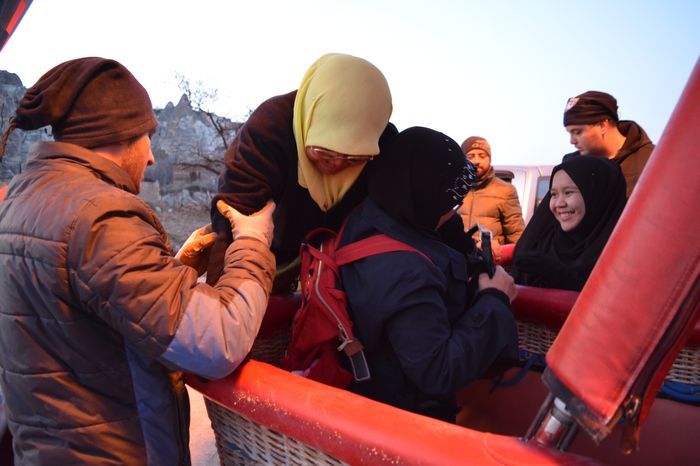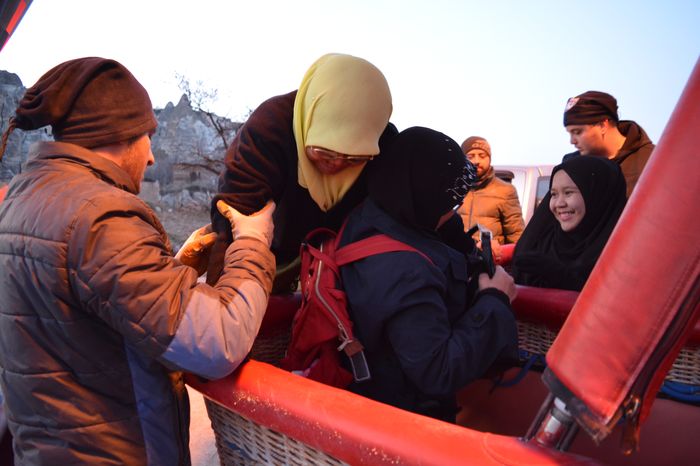Tragedy Strikes with Loukanov’s Assassination
By the end of 1996, Bulgaria faced a severe economic and financial crisis. On October 2nd, a tragic event unfolded when the key figure behind the perestroika, former Prime Minister Loukanov, fell victim to a brutal shooting by Russian assailants in front of his home. Faced with mounting pressure, Prime Minister Zhan Videnov announced his intention to resign. The opposition, led by Ivan Rostov of the Union of Democratic Forces (UDF), regrouped, and in the November 1996 presidential elections, the “blue” candidate Petar Stoyanov emerged victorious. The only remaining hope for the country was to urgently initiate negotiations with international financial institutions for the implementation of a currency board as the sole solution to rescue Bulgaria.
1997 – A Year of Protests and Political Shifts
The arrival of the new year, 1997, was marked by impromptu barricades in the streets and widespread protests against the ruling “red” government. Opposition forces intensified their efforts, and the capital saw daily political processions, with university students actively participating. In the freezing temperatures, students jumped in place to keep warm, chanting, “Who doesn’t jump is ‘red’!” The culmination of the street protests occurred on the night of January 11th when extremists stormed the Parliament building, causing damage. Rumors circulated that these protests were manipulated and financed from abroad. Faced with increasing public pressure and the threat of bloodshed, the Bulgarian Socialist Party (BSP) conceded, and UDF’s demand for pre-term elections was accepted Guided Turkey Tours .
Transition to a New Government
On February 4th, 1997, the BSP returned the mandate for forming a consecutive government to President Petar Stoyanov. The Parliament was dissolved, and a provisional cabinet was empowered to engage in negotiations and reach agreements with international financial institutions. This marked a significant turning point, as Bulgaria prepared for pre-term elections and sought solutions to its economic and political challenges.




